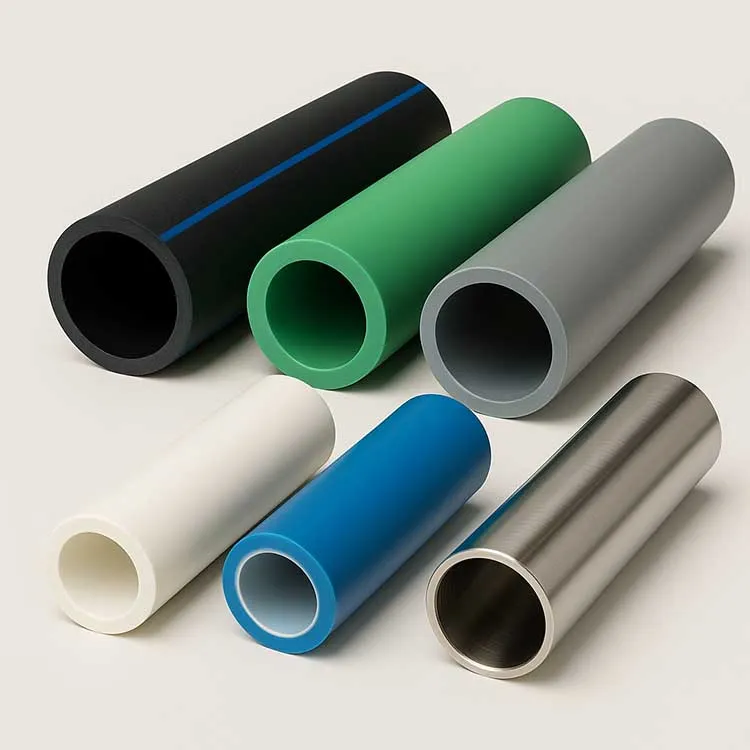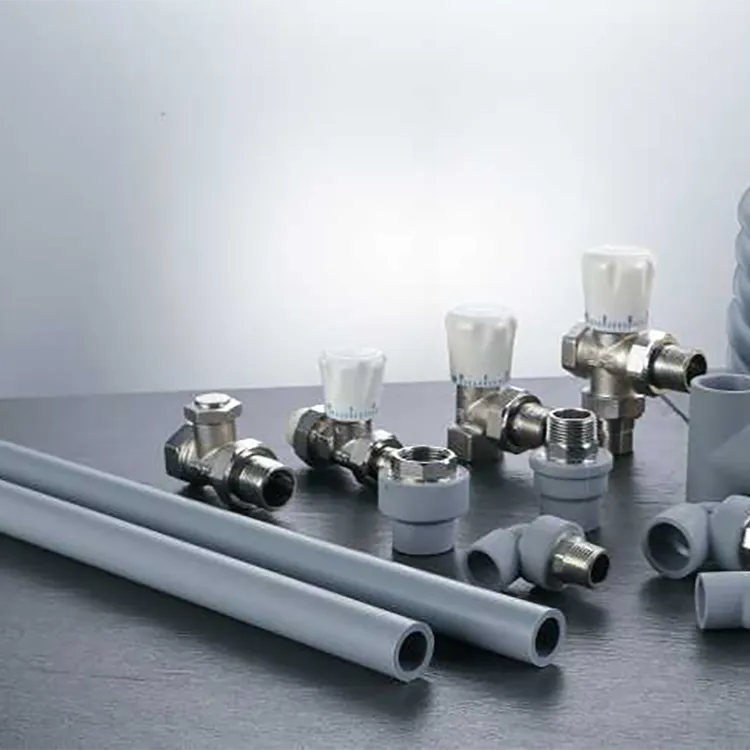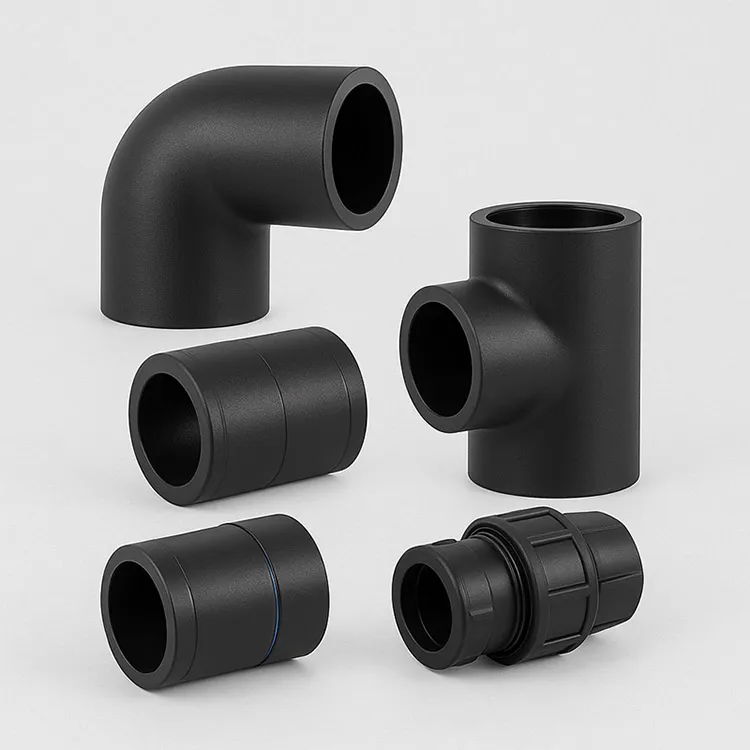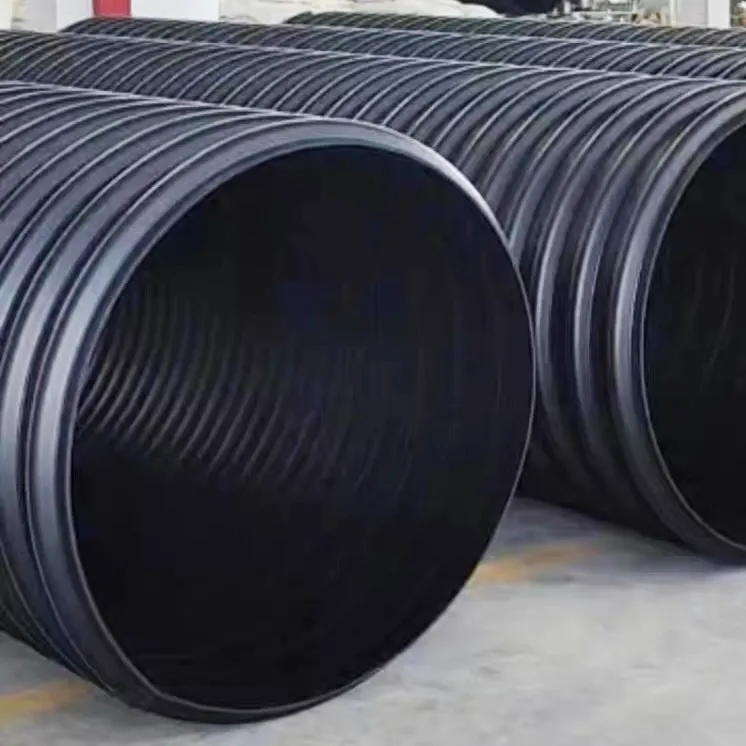When it comes to selecting the right material for water supply and distribution applications, choosing between HDPE (High-Density Polyethylene) water pipes and concrete pipes can be a challenging decision. Both types of pipes have their unique features and benefits. HDPE pipes are flexible, lightweight, and resistant to corrosion and chemicals, while concrete pipes are strong, rigid, and better suited to carry heavy loads. In this article, we will explore the differences between these two types of pipes and provide insights to help you make an informed decision based on your specific application requirements.
HDPE Water Pipe vs Concrete Pipe
HDPE (High-Density Polyethylene) water pipes and concrete pipes are both commonly used for water supply and distribution applications. Here are some factors to consider when comparing the two pipe types:
1. Cost: HDPE water pipes are generally less expensive than concrete pipes due to their lower material and installation costs.
2. Weight: HDPE water pipes are much lighter than concrete pipes, making them easier to transport, handle, and install. Concrete pipes are heavy, requiring specialized equipment and labor to install.
3. Strength: Both HDPE water pipes and concrete pipes are strong and durable. However, concrete pipes have a higher compressive strength than HDPE pipes and are better suited for applications where heavy traffic loads or deep burial depths are expected.
4. Installation: HDPE water pipes are easier to install than concrete pipes. They do not require special equipment or skilled labor, and are easier to handle and connect.
5. Corrosion resistance: HDPE water pipes are resistant to corrosion and chemicals, while concrete pipes may be susceptible to corrosion over time.
6. Lifespan: Both HDPE water pipes and concrete pipes have a long lifespan, but HDPE pipes have a longer life expectancy than concrete pipes. Overall, HDPE water pipes are a cost-effective and reliable option for water supply and distribution applications. They offer several advantages over concrete pipes, including lower cost, lighter weight, easier installation, and better corrosion resistance. However, the choice between the two depends on specific application requirements and other factors such as location, budget, and environmental conditions. It is important to consult with a professional to determine which pipe type is best suited for your needs.
HDPE (High-Density Polyethylene) water pipes and concrete pipes are two types of pipes used for water supply and distribution applications. While they have differences in terms of material, weight, strength, installation, and cost, there are some relations between the two types of pipes:
1. Complementary use: For some water supply and distribution projects, HDPE pipes and concrete pipes are used together, with HDPE pipes installed for smaller diameter pipes and concrete pipes used for larger diameter pipes, or in sections where high compressive strength is needed.
2. Replacement: In some cases, HDPE pipes are used to replace aging concrete pipes, providing a more cost-effective and efficient solution for upgrading an aging water supply and distribution system.
3. Combination: HDPE pipes can also be used as a protective outer layer for concrete pipes, offering additional protection against corrosion and environmental impacts.
4. Jointing: Both HDPE pipes and concrete pipes can use a variety of jointing methods, including heat fusion, rubber gaskets, and mechanical couplings. This ensures compatibility and ease of connection between the two types of pipes.
In summary, while HDPE pipes and concrete pipes have differences, they can be complementary to each other, providing a versatile and comprehensive solution for water supply and distribution projects. Selecting the right pipe type will depend on project requirements, budget, and other factors. Consulting with a professional engineer or project manager can help ensure the right choice is made for a given application.
Advantages and disadvantages of concrete pipe
Concrete pipes have been used for various applications, such as water supply and distribution, sewage, drainage, and stormwater management, for many decades. Here are some of the advantages and disadvantages of concrete pipes:
Advantages:
1. Strength and durability: Concrete pipes have high compressive strength, which makes them able to withstand heavy loads, deep burial depths, and environmental pressures over a long period of time, with a typical lifespan of up to 75 years.
2. Corrosion and fire resistance: Concrete pipes are resistant to corrosion, fire, and many chemicals, such as acids and alkalis, making them suitable for a wide range of aggressive environments.
3. Sound insulation: Concrete pipes provide good sound insulation, which is important in some areas for reducing noise pollution caused by stormwater runoff and solution drainage.
4. Stability and low leakage: Concrete pipes are stable under most soil conditions, reducing the likelihood of leakage and environmental pollution.
Disadvantages:
1. Weight and handling difficulties: Concrete pipes can be very heavy and bulky, which can create challenges during handling, transportation, and installation. Specialized equipment and skilled labour are needed to transport, lift, and join the pipes.
2. Susceptibility to cracking: Concrete pipes can develop cracks due to shrinkage during setting, temperature changes, or earthquake. These cracks can reduce the performance and lifespan of the pipe.
3. High installation costs: Concrete pipes can be costly to install, requiring significant excavation, transportation, and labour costs, especially over long distances or in rugged terrain.
4. Environmental impact: The manufacturing process of concrete pipes can generate significant greenhouse gas emissions, including CO2, contributing to climate change. In summary, concrete pipes can be a durable and reliable option for many applications, but they may not be suitable for some projects due to their weight, susceptibility to cracking and high installation costs. When determining whether to use concrete pipes or another type of pipe, the specific application requirements, budget, and environmental considerations should be taken into account.
In recent years, HDPE (High-Density Polyethylene) water pipes have become increasingly popular in municipal engineering projects for water supply and distribution applications. This is due to their many benefits, such as lower installation costs, lighter weight, better corrosion resistance, longer lifespan, and easier installation. However, concrete pipes are still widely used in municipal engineering, particularly for larger-diameter pipes or in applications where high compressive strength is needed to support heavy loads or deep burial depths. The choice between HDPE water pipes and concrete pipes will depend on specific project requirements, budget, and other factors. Consulting with a professional engineer or project manager can help ensure the right choice is made for a given application.
528.webp)


981.webp)

 (1)379.webp)

294.webp)
476.webp)
420.webp)
146.webp)
460.webp)
287.webp)
274.webp)
688.webp)


